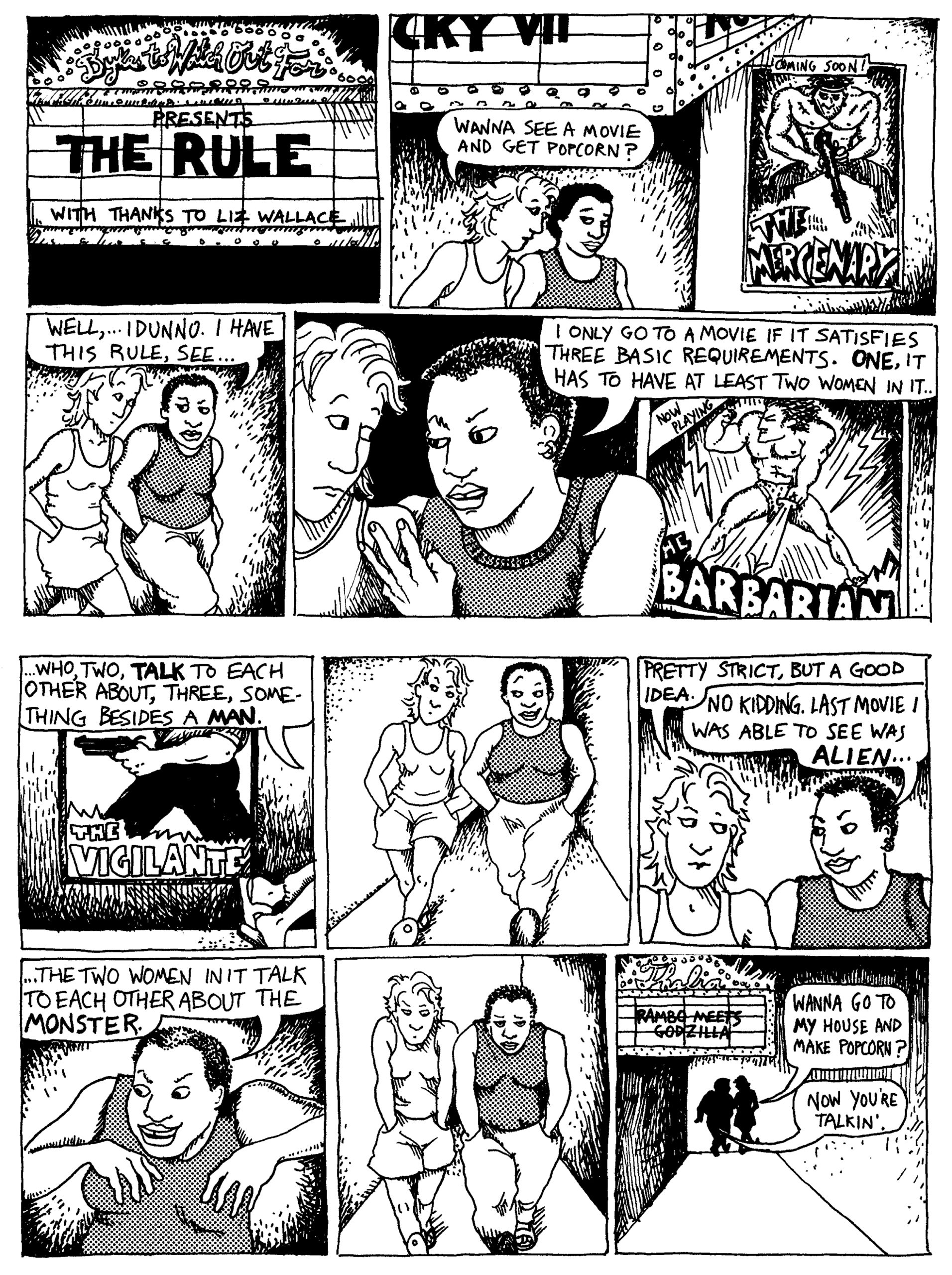
Representation of women in film holds significant importance, and in recent years, it has become a widely discussed topic, especially in light of the MeToo movement. One of the popular methods to assess women’s representation in movies and television is the Bechdel Test, which was created by Allison Bechdel.
The test consists of three questions: “1) Does the movie have two female characters?; 2) Do they speak to each other?; 3) Do they speak about something other than a man?”. Initially, the Bechdel test started as “a little lesbian joke in an alternative feminist newspaper” before evolving into its current form. Bechdel drew inspiration from Virginia Woolf’s “A Room of One’s Own,” where Woolf pointed out the lack of female friendships depicted in literature.
However, passing the Bechdel test does not necessarily indicate a film or show’s progress in terms of feminist thought. A study conducted by the American Psychological Association in 2022 revealed that “only half of the most popular movies (49.58%) pass the test.” While there has been an increase in the number of movies passing the Bechdel test, according to the same study, it is still insufficient. Female representation plays a crucial role in society, and film and television have a significant impact on shaping young minds. This emphasizes the importance of diversifying the writers behind our films and TV shows.
However, one may question the relevance and potential flaws of the Bechdel test. Corrina Antrobus, founder of the Bechdel Test Fest, states, “We get into a habit of lapping up crumbs and pretending to be fed.” According to Polygraph, all-women writing teams have a zero percent failure rate, compared to all-male writing teams with a 53% failure rate.
The Bechdel test is undoubtedly a broad assessment, and it can be challenging to determine a film’s progressiveness based on three simple questions. This raises the question of whether there are ways to improve or expand upon the test. One example is FiveThirtyEight, a website that uses data from women to identify new methods of detecting racial or gender bias. They propose questions such as: “1. Was the supporting cast at least 50% women? 2. Did a woman write or direct the film? 3. Did a female lead end up dead? 4. Is there a black woman in the film?” This showcases potential avenues for improving the film industry.
Do we require a test to determine whether a film is progressive or not, or can we make that judgment ourselves? The power lies with us, as film consumers, to drive change within the industry.
Denial of responsibility! VigourTimes is an automatic aggregator of Global media. In each content, the hyperlink to the primary source is specified. All trademarks belong to their rightful owners, and all materials to their authors. For any complaint, please reach us at – [email protected]. We will take necessary action within 24 hours.


